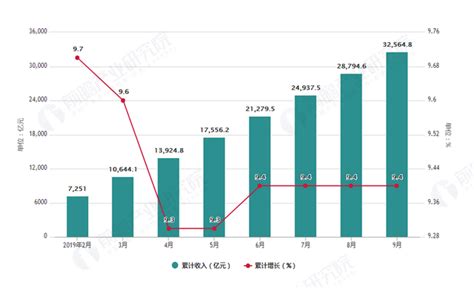Title: Strategies for Calculating and Managing Staff Salaries in the Food Service Industry
In the bustling world of food service, determining fair and competitive wages for restaurant staff is essential for both attracting talent and maintaining operational excellence. From chefs to servers, each role contributes uniquely to the dining experience, making salary structuring a nuanced endeavor. Here, we delve into the intricacies of calculating and managing staff salaries in the food service industry, offering valuable insights and guidance.
1. Understanding Staff Roles and Responsibilities:
Chef/Cook:
Chefs and cooks are the backbone of any restaurant, responsible for crafting delectable dishes and maintaining kitchen efficiency. Their salaries often reflect their experience, culinary skills, and the complexity of the menu.
Servers/Waitstaff:
Servers play a crucial role in providing excellent customer service, taking orders, serving meals, and ensuring guest satisfaction. Their wages may include a base pay supplemented by tips, which can significantly impact their overall earnings.
Bartenders:
Bartenders not only mix drinks but also engage with customers, enhancing the overall dining experience. Their salaries may also include tips, making their compensation structure similar to that of servers.
Hosts/Hostesses:
Hosts and hostesses are the first point of contact for guests, responsible for greeting, seating, and managing reservations. Their salaries may be hourly or include a combination of hourly pay and tips.
Managers:
Restaurant managers oversee daily operations, including staff management, customer service, and financial administration. Their salaries are typically higher and may include bonuses based on performance metrics.
2. Factors Influencing Salary Determination:
Location:
Wages can vary significantly based on the geographical location of the restaurant. Urban areas with a higher cost of living often offer higher salaries to compensate for expenses.
Experience and Skill Level:
Experienced chefs, skilled bartenders, and seasoned managers command higher salaries due to their expertise and ability to deliver results.
Type of Establishment:
The type of restaurant, whether fine dining, casual dining, or fast food, can influence salary levels. Fine dining establishments may offer higher wages to attract toptier talent.
Market Competition:
Restaurants operating in highly competitive markets may need to offer more competitive salaries to attract and retain qualified staff.
Benefits and Perks:
Additional benefits such as health insurance, paid time off, meal discounts, and career advancement opportunities can enhance the overall compensation package.
3. Strategies for Calculating and Managing Staff Salaries:
Market Research:
Conduct thorough research on industry standards and local wage trends to ensure your salaries remain competitive.
PerformanceBased Pay:
Implement performancebased pay structures that reward employees for exceptional performance, such as meeting sales targets or receiving positive customer feedback.
Regular Reviews:
Schedule regular performance reviews to assess employee contributions and adjust salaries accordingly based on merit and market conditions.
Transparent Communication:
Foster open communication with staff regarding salary structures, ensuring clarity and fairness in compensation practices.
Invest in Training:
Provide ongoing training and development opportunities to enhance employee skills and increase their value to the restaurant, which can justify higher salaries.
Employee Benefits:
Offer attractive benefits packages to attract and retain top talent, including health insurance, retirement plans, and employee discounts.
Utilize Technology:
Leverage technology such as payroll software to streamline salary calculations, track employee hours, and ensure compliance with labor regulations.
Budget Allocation:
Allocate a sufficient portion of the restaurant's budget to staff salaries while maintaining profitability and financial sustainability.
Flexibility:
Be flexible in adapting salary structures to accommodate changing business needs, economic conditions, and employee preferences.
4. Compliance with Labor Laws:
Minimum Wage Requirements:
Ensure compliance with federal, state, and local minimum wage laws to avoid legal issues and protect employee rights.
Overtime Regulations:
Adhere to overtime regulations, including overtime pay rates and eligibility criteria, to prevent violations and maintain a fair work environment.
Tip Reporting:
Follow guidelines for reporting and distributing tips in accordance with the Fair Labor Standards Act (FLSA) to ensure transparency and fairness among staff members.
Employee Classification:
Properly classify employees as exempt or nonexempt based on their job duties and salary basis to comply with wage and hour laws.

In conclusion, effective management of staff salaries in the food service industry requires a deep understanding of staff roles, market dynamics, and regulatory requirements. By employing strategic approaches to salary determination, communication, and compliance, restaurant owners can attract, retain, and motivate a talented workforce while fostering a culture of fairness and professionalism.


